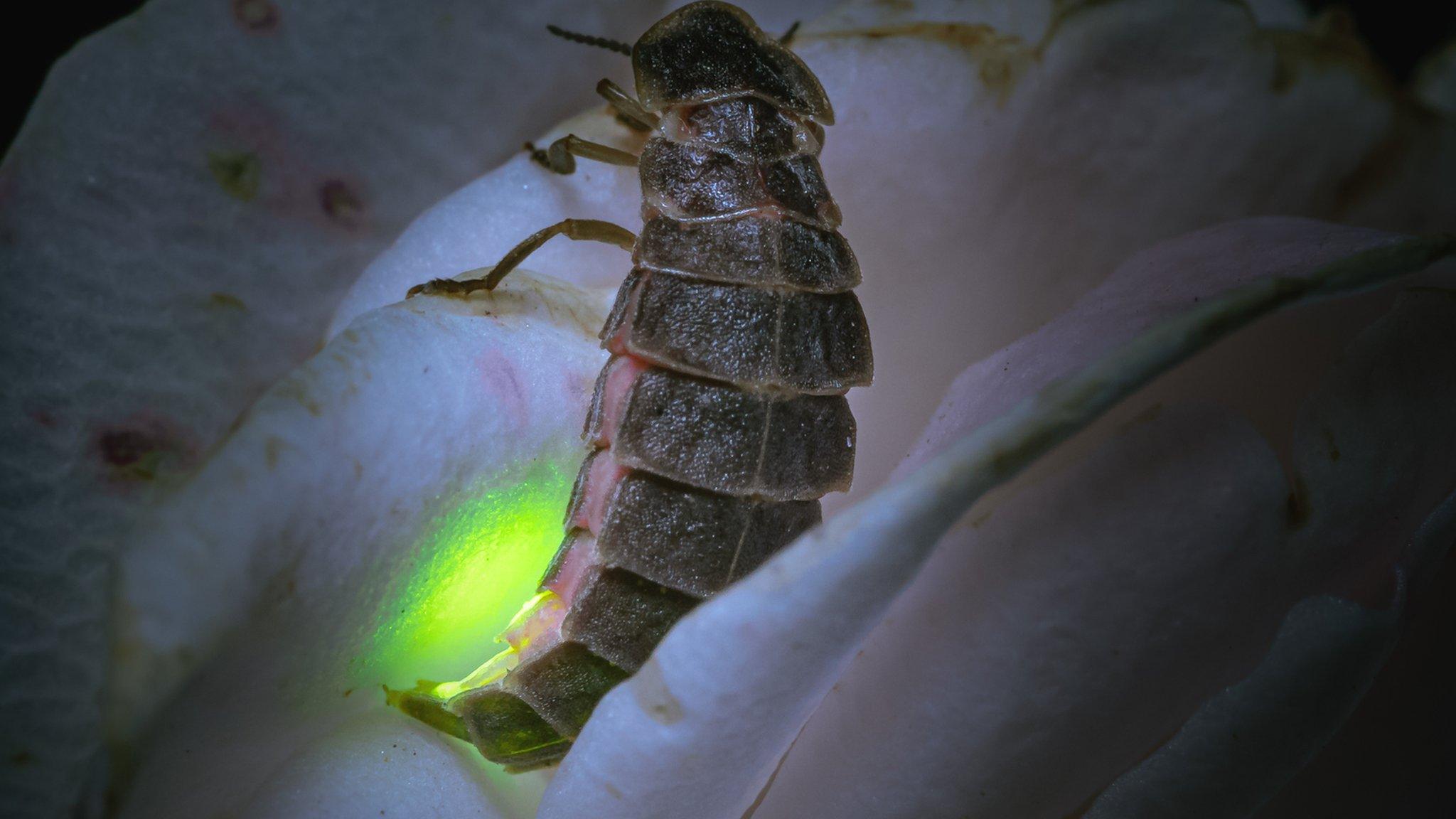Glow worm colony 'thriving' at country park
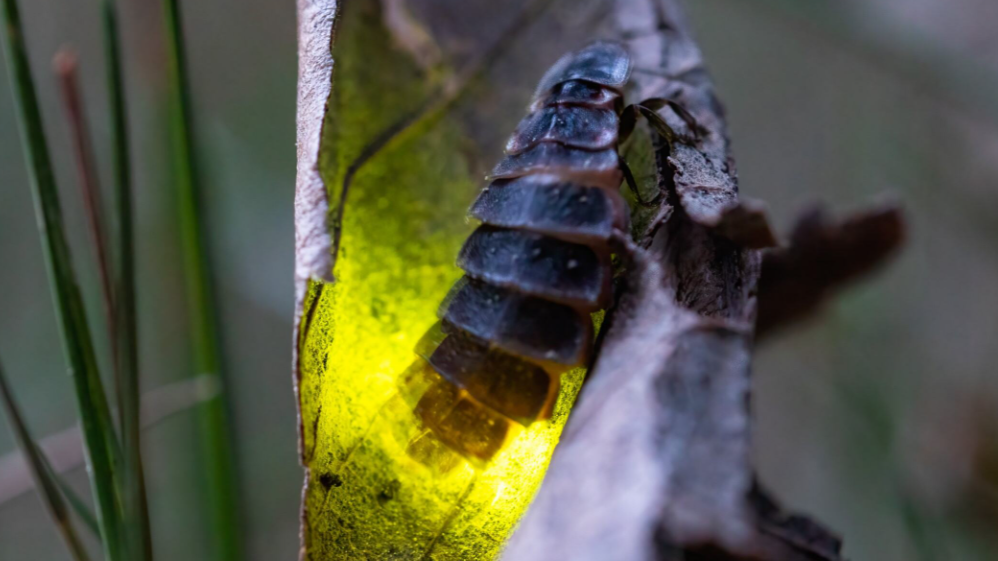
Only the female of the insect glows, to help attract a mate
- Published
A colony of glow worms has been "thriving" at a country park despite a decline in the insect's population across the UK.
The National Trust said it had seen more of the beetles at Sheringham Park in Norfolk this summer than in any other year over the past decade.
The UK Glow Worm Survey recorded sightings of 40 and 56 glowing female insects over two nights at the park, compared with a total of 26 last year.
"It is heartening to find all elements of the population (males, females, larvae) across a wide area of the park over a period of years, indicating a resilient colony," the charity said.
The park's count put it in the top three locations for sightings of the beetles by the UK Glow Worm Survey, which said hundreds of sites UK-wide had recorded single figures.
National Trust staff and volunteers had previously collated figures in the teens and a high of 20 during night-time walks designed to look for glowing wingless females, which emit a bioluminescent light - akin to an LED - to attract the flying male.
A light lure was also shone for a short period, to entice males to be counted and to determine their flight activity.
Glow worm facts
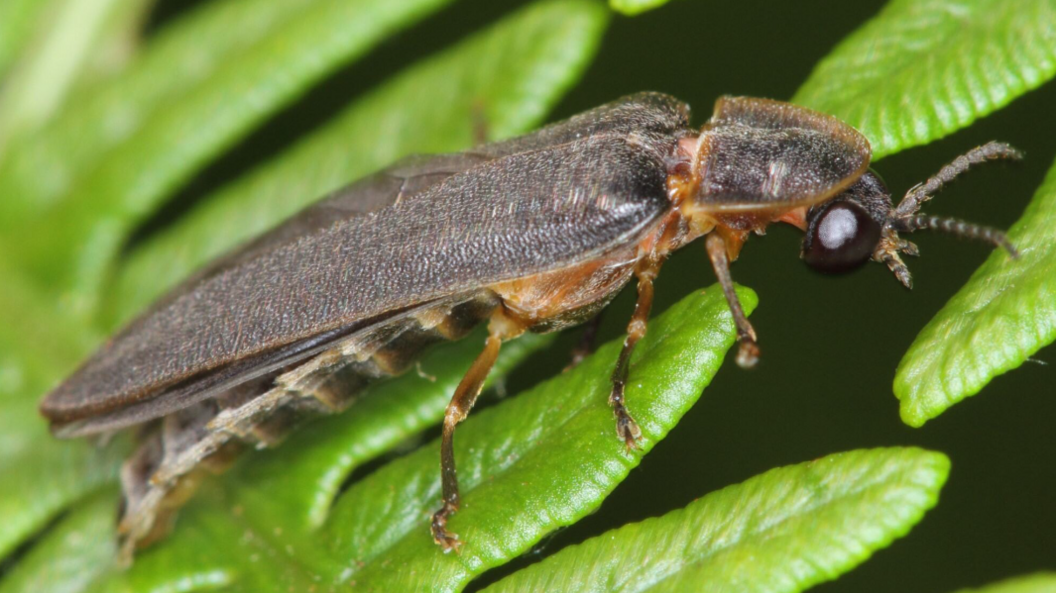
Adult glow worms are about a centimetre long and live for only two weeks
After hatching, larvae spend two years hunting and growing, overwintering under rotten logs and fallen trees and predating on slugs and snails
Adult glow worms live for just a fortnight and have no mouth parts with which to eat, with the females dying soon after laying their eggs
The biggest threats to the future of the glow worm are light pollution, followed by habitat loss and fragmentation, use of pesticides and herbicides and attack from parasites
The insects were collected in their thousands and kept in jars to illuminate maps in blacked-out trenches in World War One
William Shakespeare refers to their "fire" in Hamlet; they "dotted the hillside like stars" in Thomas Hardy's Return of the Native; they feature in the work of William Wordsworth and a giant glow worm is one of the talking insects in James and the Giant Peach by Roald Dahl
Source: The National Trust
Robin Scagell, the founder of UK Glow Worm Survey, said it had received reports from 650 sites so far this summer, with only 62 recording double figures.
A site in Oxfordshire that had 61 sightings in 2023 only recorded three this year, while another in Hampshire had a record year of 165 glowing females.
"My guess is that a lot depends on the local conditions during the two-year life cycle of glow worms," he said.
"The larvae feed on snails and slugs, so even a big downpour at one site might have a big effect in increasing the food supply compared with another site.
"It's great to see that glow worms can still be found in good numbers at some locations, although nationally their numbers seem to be declining, and they are now listed as near threatened by the International Union for Conservation of Nature, external."
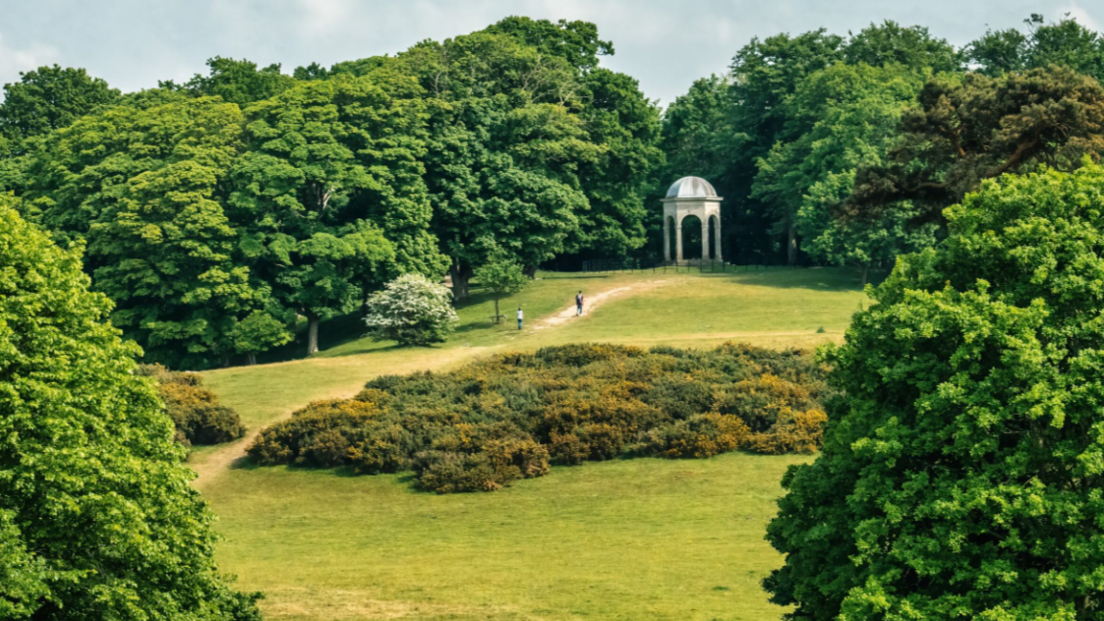
Sheringham Park said its uninterrupted dark summer nights could be a factor
Get in touch
Do you have a story suggestion for Norfolk?
Follow Norfolk news on BBC Sounds, Facebook, external, Instagram, external and X, external.
Related topics
More on glow worms
- Published3 July 2024
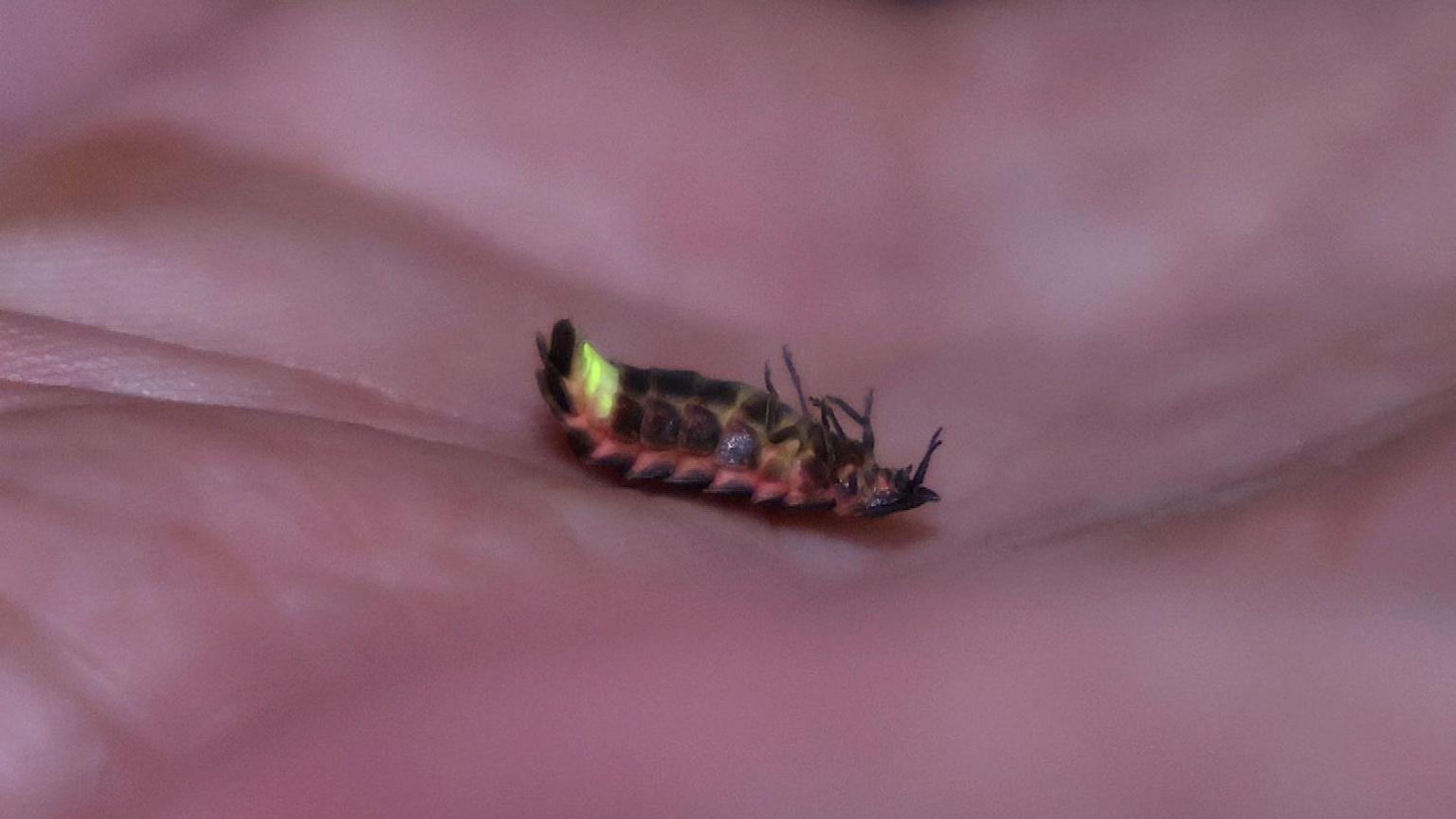
- Published28 October 2023
